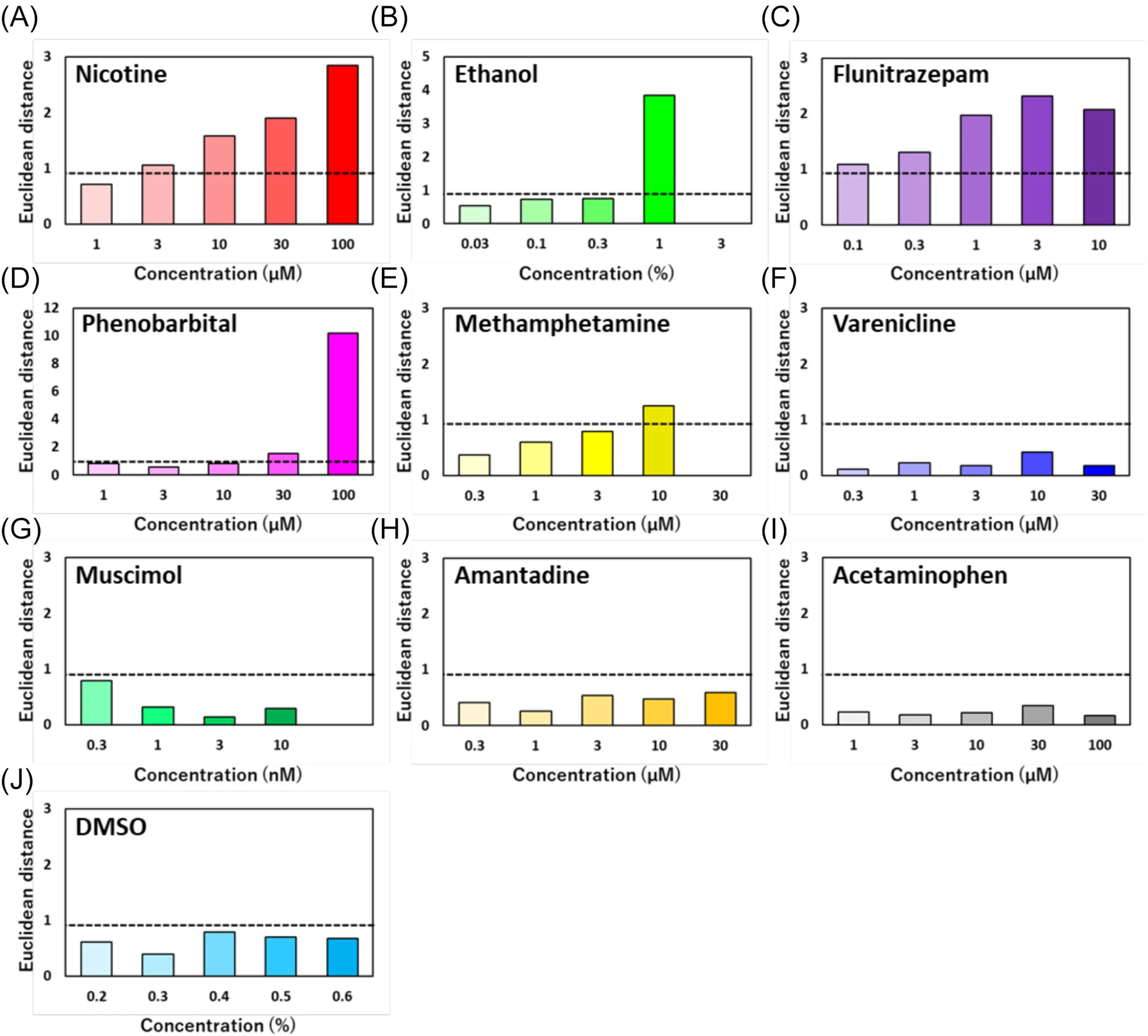Addiction
# Early Detection for Safer Drug Development
Evaluating Addiction Risk with Confidence and Precision
Addiction potential is a key concern in drug development, particularly for therapies targeting the central nervous system (CNS) or pain pathways. Understanding whether a compound has abuse liability early in the development process helps avoid regulatory challenges and clinical failures. At VitroVo, we leverage MEA technology, advanced AI analytics, and robust cellular models to deliver actionable insights for evaluating addiction risks.
Why Assessing Addiction Risk Matters
Ensuring that new therapies are safe and free of addiction potential is essential for patient safety and regulatory approval. Early identification of addiction risk allows researchers to:
- Mitigate the possibility of misuse or abuse of candidate compounds.
- Gain regulatory alignment with agencies like the FDA and EMA.
- Enhance clinical trial success rates by addressing safety concerns proactively.
- Build public trust in the safety of your therapeutic pipeline.
VitroVo’s Capabilities for Addiction Risk Profiling
Cutting-Edge Addiction Risk Assessment Tools:
Electrophysiology for Functional Insights:
- Evaluate dopaminergic pathway activity to predict addiction potential.
- Use MEA platforms to measure neuronal network responses to candidate compounds.
AI-Powered Analysis:
- Identify patterns in neuronal activity associated with addiction liability using machine learning models.
- Integrate multivariate approaches, such as PCA and UMAP, for in-depth data interpretation.
VitroVo’s Tailored Approach to Addiction Safety
Advanced Models for Addiction Studies:
- Human iPSC-Derived Dopaminergic Neurons: Model reward pathways implicated in addiction to study compound effects in human-relevant systems.
- Co-Culture Systems: Explore neuron-glia interactions to assess the broader impact of compounds on addiction pathways.
- Brain Organoids: Investigate addiction mechanisms in 3D neural network models.
Comprehensive Assay Integration:
- Biomarker Analysis (ELISA): Quantify addiction-associated proteins, such as dopamine receptors D2 and D3.
- Gene Expression Profiling:: Identify transcriptional changes linked to addiction-related pathways using RNA-seq or RT-qPCR.
Why Choose VitroVo for Addiction Risk Profiling?
The VitroVo Advantage:
- Industry-Leading Expertise: Over 20 years of experience in MEA technology and predictive safety profiling.
- Comprehensive Insights: Combine electrophysiological data with molecular and imaging assays for a holistic view.
- Cost and Time Efficiency: Predict addiction risks earlier in development, reducing costly late-stage failures.
Partner with VitroVo for Addiction Risk Evaluation
At VitroVo, we specialize in predictive safety profiling, ensuring your therapeutic candidates meet the highest safety standards. By combining cutting-edge technology and expert insights, we help you confidently navigate the challenges of addiction risk assessment.
Contact Us:
Reach out to our team today to learn how VitroVo can support your safety profiling needs with unparalleled precision and reliability.
Assays
See assay examples below to find out how VitroVo can advance your addiction risk research
